Philippines Capital is Manila. If you are traveling to Philippines Capital Manila, you will need to exchange your currency for the Philippine Peso.The Peso is the foreign currency of the Philippines. It's subdivided into one hundred centavos.The Philippine currency has made strong gains against the greenback this year, buoyed by other factors,Currency Exchange Rate: 1 USD equals 50.789 Philippine peso.MANILA, Philippines — The peso is seen weakening to 55:$1 by yearend as the yawning current account deficit mainly due to strong imports yet weak exports continue to put pressure on the domestic currency, London-based Capital Economics said
Exchange Rate Manila
Use the currency converter below to calculate the current exchange rate for the city of Manila. The currency used in Manila is the Philippine Peso. Manila is the capital of The Philippines.
If you are traveling to Manila, you will need to exchange your currency for the Philippine Peso.
You may exchange your money for the Philippine Peso at most Manila banks or at specialized stores called Foreign Exchange Bureaus. Look for signs that say Bureau De Change,
Geld Wechseln or Cambio. You may be able to exchange your money at the Manila airport, but exchange rates may not be the best.
You should consider purchasing the Philippine Peso currency at a more favorable exchange rate before you arrive in Manila.
You can do that by researching online currency brokers that do foreign exchange. If on holiday, vacation, or business you can also inquire about purchasing travellers checks (Travellers Cheques). Also, before your trip, consult with your credit or debit card bank about the foreign exchange transaction fees charged for using your card in Manila, Philippines.
About Manila
Manila (pronounced /məˈnɪlə/ mə-NIL-ə; Filipino: Maynila), officially the City of Manila,
is the capital of the Philippines and one of the 16 cities that make up Metro Manila,
one of the most populous metropolitan areas in the world with a population of 20 million people.
It is located on the eastern shores of Manila Bay on the western side of the island of Luzon. Several cities lie on its border:
Navotas and Caloocan to the north, Quezon City to the northeast, San Juan and Mandaluyong to the east, Makati to the southeast, and Pasay to the south.
With a population of 1,660,714 Manila proper is the second most populous city in the Philippines behind neighboring Quezon City.
The city's inhabitants, however, inhabit an area of only 38.55 square kilometers, making Manila not only the most densely populated city in the Philippines but also the most densely populated city in the world.
The city is divided into six legislative districts and consists of sixteen geographical districts:
Binondo, Ermita, Intramuros, Malate, Paco, Pandacan, Port Area, Quiapo, Sampaloc, San Andres,
San Miguel, San Nicolas, Santa Ana, Santa Cruz, Santa Mesa and Tondo. Within their precincts can be found areas of bustling commerce and some of the most historically and culturally significant iconic landmarks in the country as well as the seat of the executive and judicial branches of the government. It is home to many scientific and educational institutions,
as well as numerous sport facilities. These make the city a major political, commercial, cosmopolitan, cultural, educational, religious, and transportation center of the Philippines.
The earliest written accounts of the city date back to the Spanish era which describe a native settlement already existing in the area when the Spanish first arrived.
Manila eventually became the center of Spanish activity in the Far East and one end of the Manila–Acapulco galleon trade route leading to it being called the "Pearl of the Orient". Later,
it saw the arrival of the Americans who made contributions to the city's urban planning and development only to have most of those improvements lost in the devastation of World War II. Since then the city has been rebuilt.
The good, bad and ugly sides to of Manila, the Philippines Capital
The good
Manila is an assault on the senses. It’s hectic and hyperactive, vibrant and vivacious but one adjective is used more than any other to describe the capital of the Philippines. Travel writers and bloggers talk of the wonderful chaos and delightful chaos, the chaotic charm and organised chaos. Tourists are even encouraged to embrace the beautiful chaos. Who knew chaos could be so much fun?
Start your sightseeing circuit in Binondo. The commercial and dining destination is the oldest Chinatown in the world and home to some of the most expensive real estate in the Philippines. Across the Pasig River is Intramuros, the heart of Manila during Spanish colonial times. The walled city dates back to 1571 and is best explored by bicycle. Preferably one made of bamboo. “Bambikes” are handmade by workers employed by Gawad Kalinga, a community-based development organisation working to bring an end to poverty.
Begin your two-wheeled Intramuros tour at San Agustin Church, the oldest in the Philippines, then head to Manila Cathedral. The primary port of call for visiting popes has been damaged by fire and flattened by typhoons and earthquakes, only to be resurrected again and again.
Built to prevent an invasion by sea, Fort Santiago was used as a barracks and a prison. In 1896, nationalist hero José Rizal spent two months incarcerated in the citadel before being marched to nearby Bagumbayan Field, where he was executed by firing squad. Renamed in his honour in 1967, Rizal Park is a soothing space of ornamental gardens, statues and fountains.
Not all high-profile Filipinos are as universally respected by their peers. In 1986, the ruling Marcos family were forced to flee the country for Hawaii, in the United States. Imelda, wife of president Ferdinand Marcos, was rumoured to have left 3,000 pairs of shoes behind. Some estimates were higher (7,500 pairs); others erred on the side of restraint (1,060 pairs). Regardless of the actual figure, 749 pairs belonging to the one-time first lady of the Philippines are on display at the Marikina Shoe Museum, overseen by a portrait of the unofficial patron saint of footwear herself.
Rented bamboo bikes at Casa Manila, in the old colonial district of Intramuros. Picture: Alamy
In recent years, the Pearl of the Orient’s booming economy has pulled people out of poverty and created a growing middle class, with income to burn. Manila boasts more than 100 malls, complete with gyms, medical clinics and churches in which shoppers can celebrate Mass before heading off to hunt for bargains.
The Mall of Asia is the biggest of its kind in the Philippines: besides a bowling alley, ice rink, IMAX theatre and 20,000-capacity arena, the temple to consumerism is perfectly positioned for those wishing to watch the sun go down over Manila Bay. Get there an hour or two beforehand and drop by the Dessert Museum, where a tour of eight confectionery-themed rooms costs 699 pesos (US$13), excluding future dental bills. Remember to blow the icing sugar off your camera lens before attempting to photograph the sunset.
The bad
Manila has the world’s worst traffic congestion, according to a study by GPS app Waze. Picture: Alamy
The capital’s chaos might be “charming” or “delightful” if you’re in town for a day or two but for residents, it’s energy sapping, irritating and stressful. Likewise, the Department of Tourism slogan “It’s more fun in the Philippines” may well be true if you’re cooling off in a turquoise waterfall on Palawan or playing volleyball on an unblemished beach in Pagudpud, but try asking a commuter in Manila how much fun they’re having. No, don’t.
According to a study conducted by GPS navigation app Waze, Manila has the worst traffic in the world; exacerbated by a uniquely Philippine approach to the Uber and Grab platforms that merely adds to the congestion.
Instead of ordinary citizens using their cars as taxis, wealthy entrepreneurs buy fleets of vehicles and hire their own drivers. An estimated 25,000 new cars hit the nation’s roads every month with many ending up on Manila’s already clogged streets. A senior adviser at the American Chamber of Commerce claimed that if road and other infrastructure were not upgraded immediately, Metro Manila was at risk of becoming uninhabitable within four years. The problem is, he said that in January 2016.
Passengers struggle to get on a train. Picture: Alamy
Manila’s fragmented, inefficient public-transport network is at breaking point. During rush hour, commuters can wait two hours to board a train (and you thought Admiralty MTR station was busy). Road accidents or flash floods cause gridlock that paralyses the city – a proposed urban cable car system can’t come soon enough.
Despite improving standards of living for some, the gaping disparity between rich and poor seems starker in Manila than in other developing countries; perhaps because it’s one of the world’s most densely populated cities. Parts of Tondo district are as impoverished as any African shanty town – many of its 80,000 people per sq km lack access to sanitation, health care, education and employment. Bonifacio Global City, on the other hand, wouldn’t look out of place in Scandinavia.
A sunset over Manila Bay shouldn’t be missed but don’t look too closely. The vast natural harbour is regarded as the most polluted stretch of water in the country; a toxic porridge of industrial effluent, domestic sewage, oil spills and chemical run-off from farms. Whether the waste dump for 13 million Filipinos can be cleaned up sufficiently is debatable – talk of a Boracay-style rehabilitation programme sounds wildly optimistic. According to a former health secretary, swimming in Manila Bay is like “drinking others’ urine and swallowing the faeces of other people”. Try not to think about that while you’re enjoying the Dessert Museum.
Not that things are much better out of the water. Last year, the Economist Intelligence Unit’s Safe Cities Index ranked Manila 55th out of 60, based on four indicators. The city received poor marks for health security and digital security (hacking and cybercrime), so be careful who you hand your credit card to. It also fared badly in the infrastructure security category, which is hardly surprising as Manila has the world’s highest death rate as a result of natural disasters.
The ugly
Manila police stage a hostage-taking drill as part of an anti-terrorism exercise, in April 2018. Picture: AFP
The fourth and final Safe Cities indicator is personal security. Filipinos are renowned for their hospitality and friendliness but hostage-taking scenarios, shoot-outs and police stand-offs occur frequently enough to keep tourists on their toes.
Only in the Philippines can you celebrate Mass in a mall before sharpening your firearms skills in the basement shooting range.
|
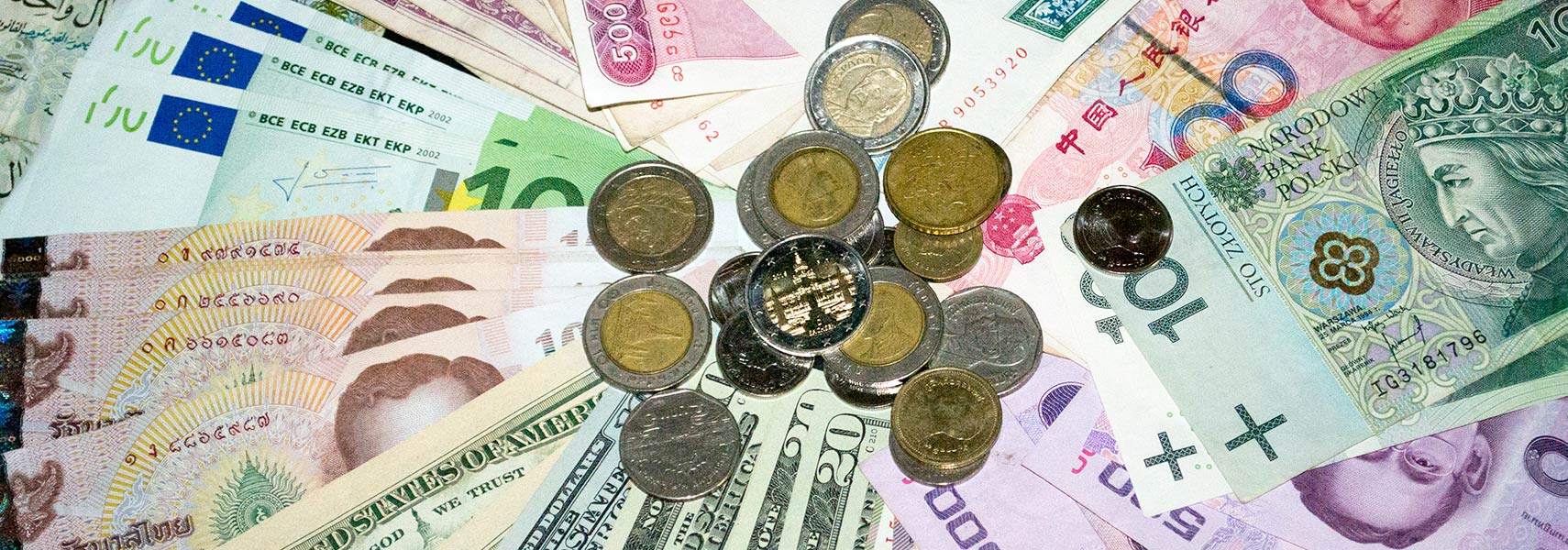

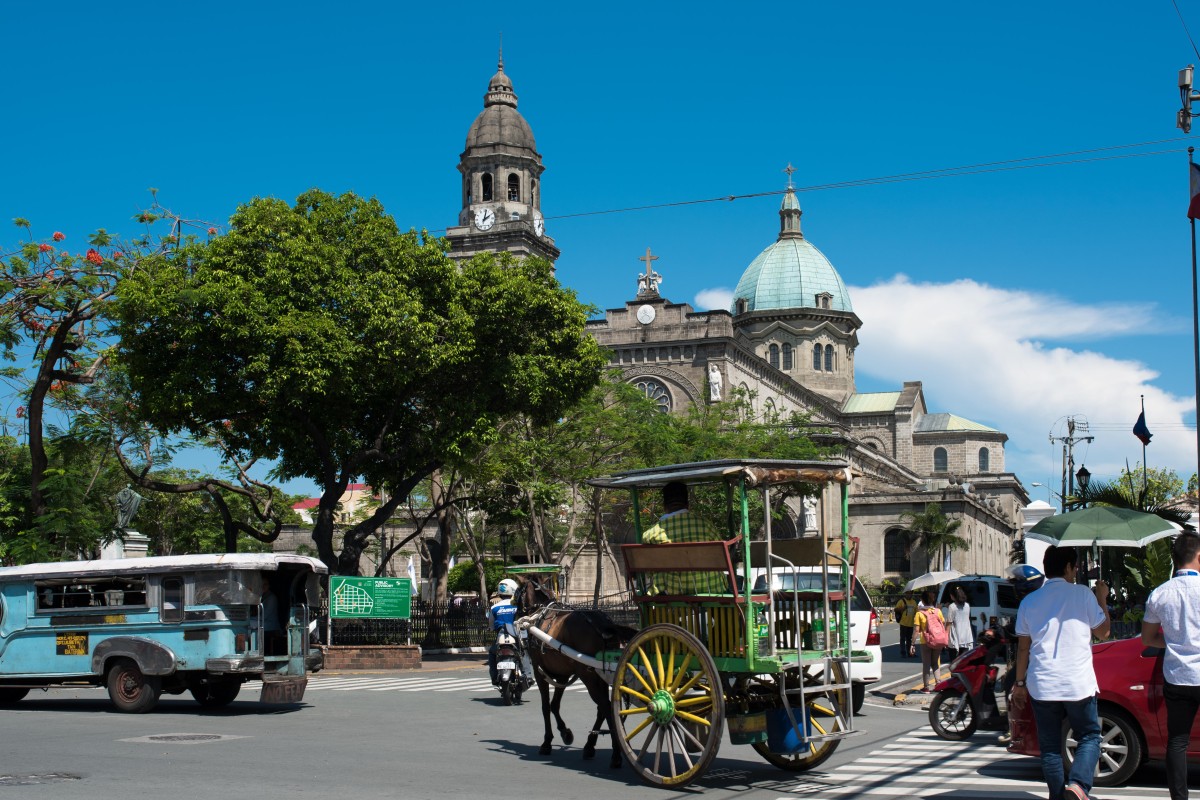

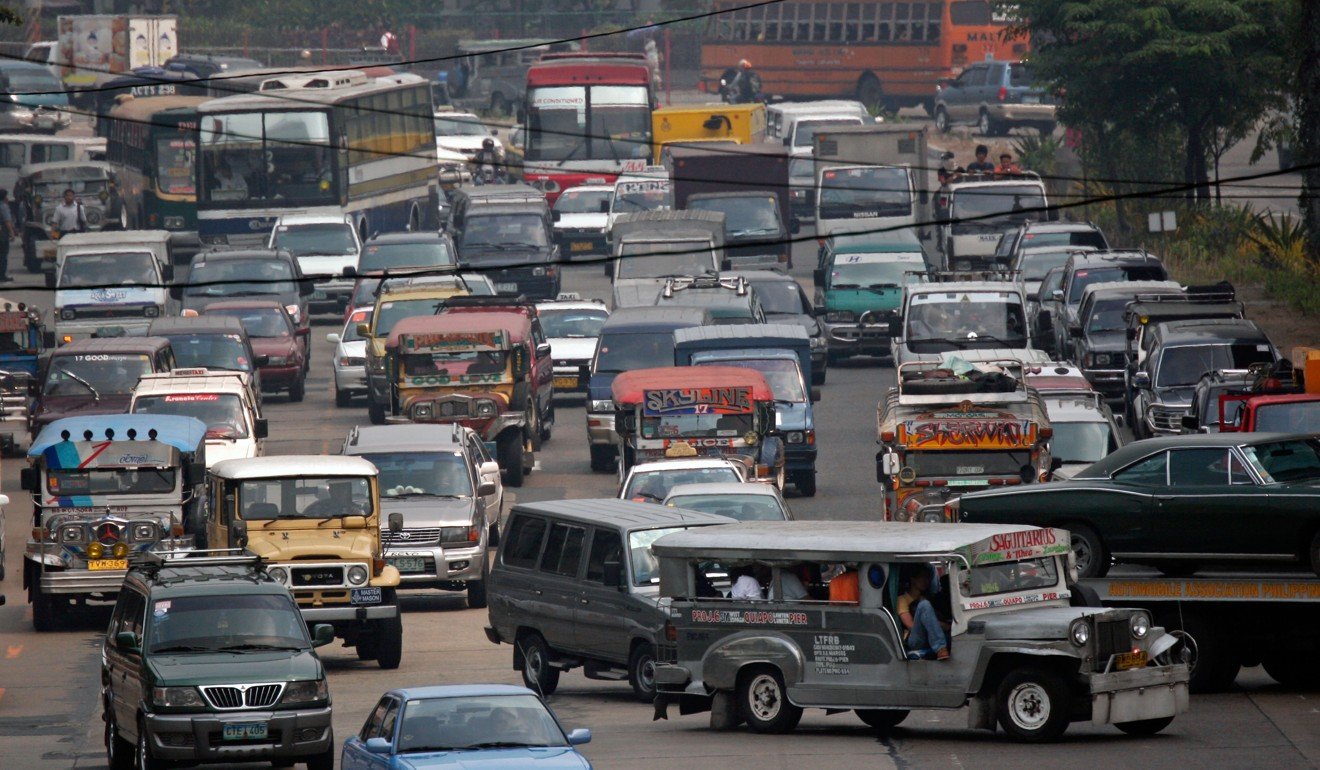
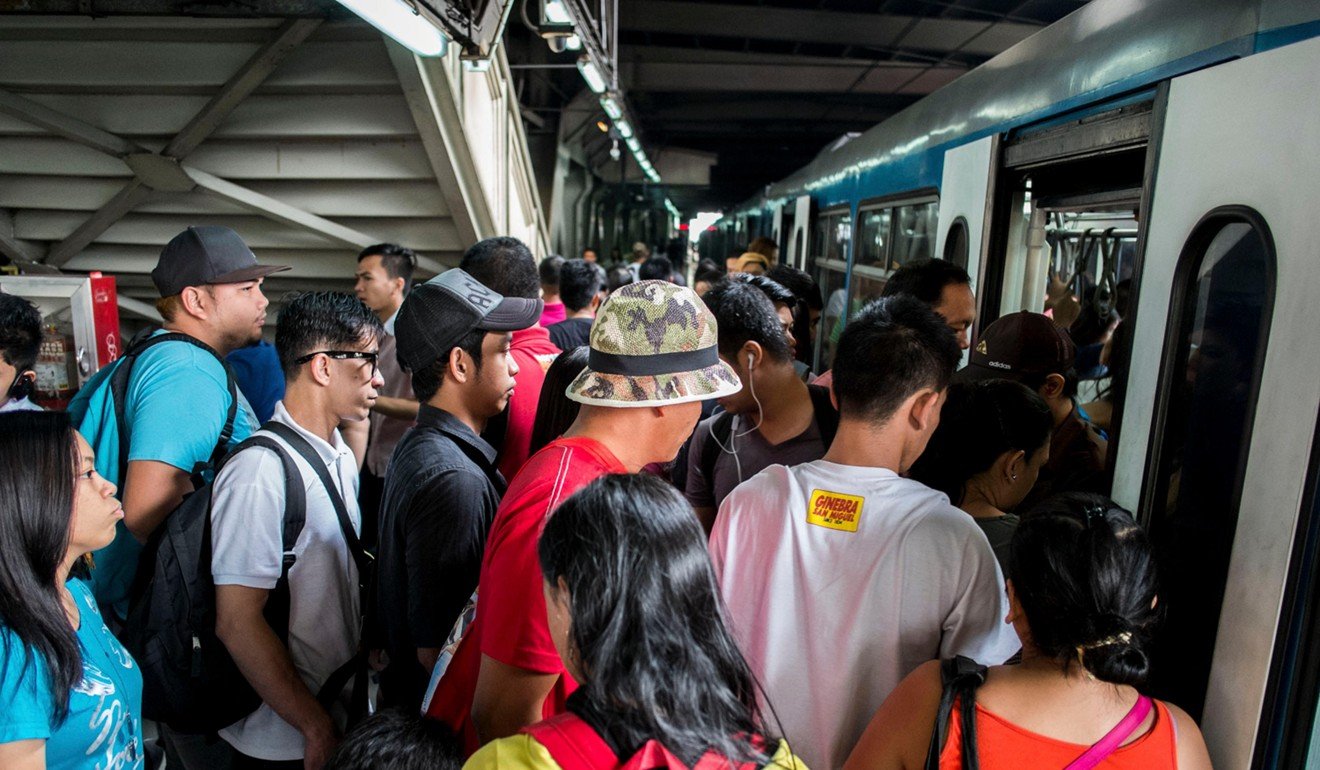
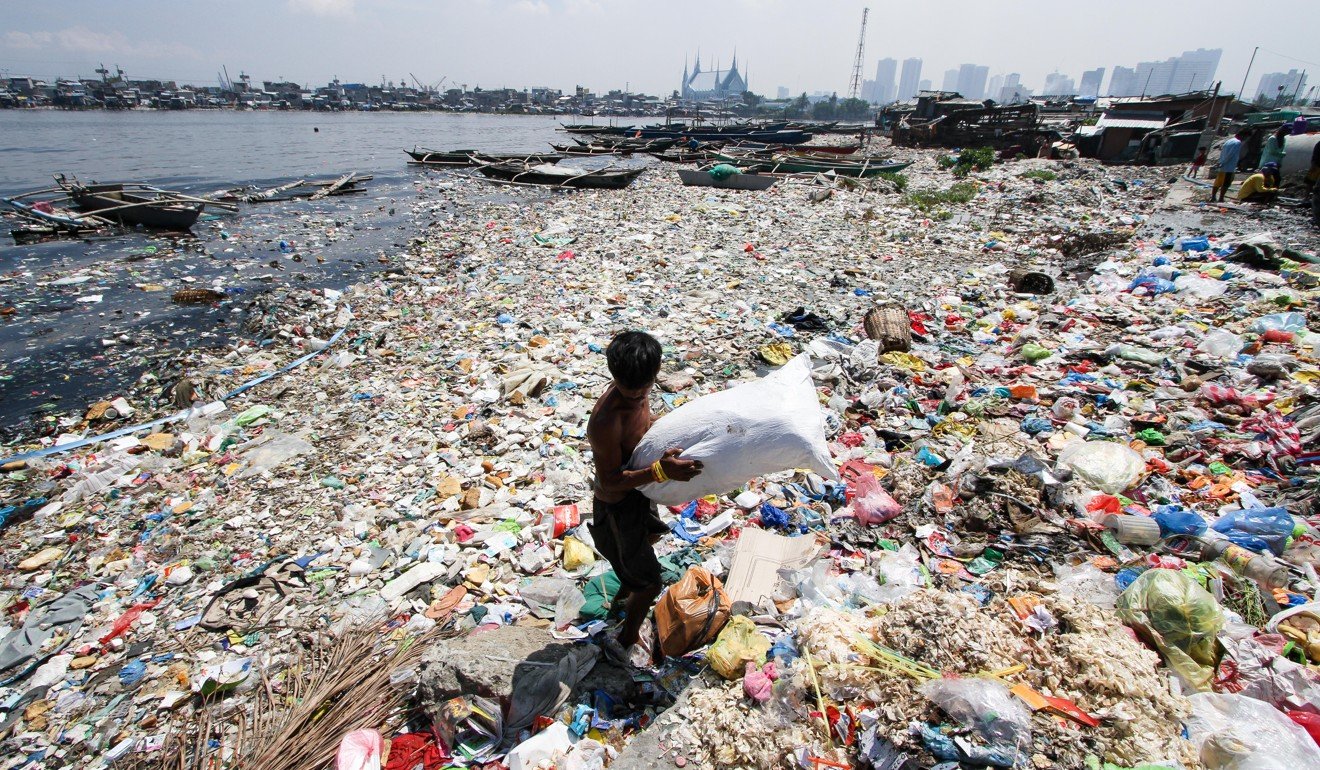
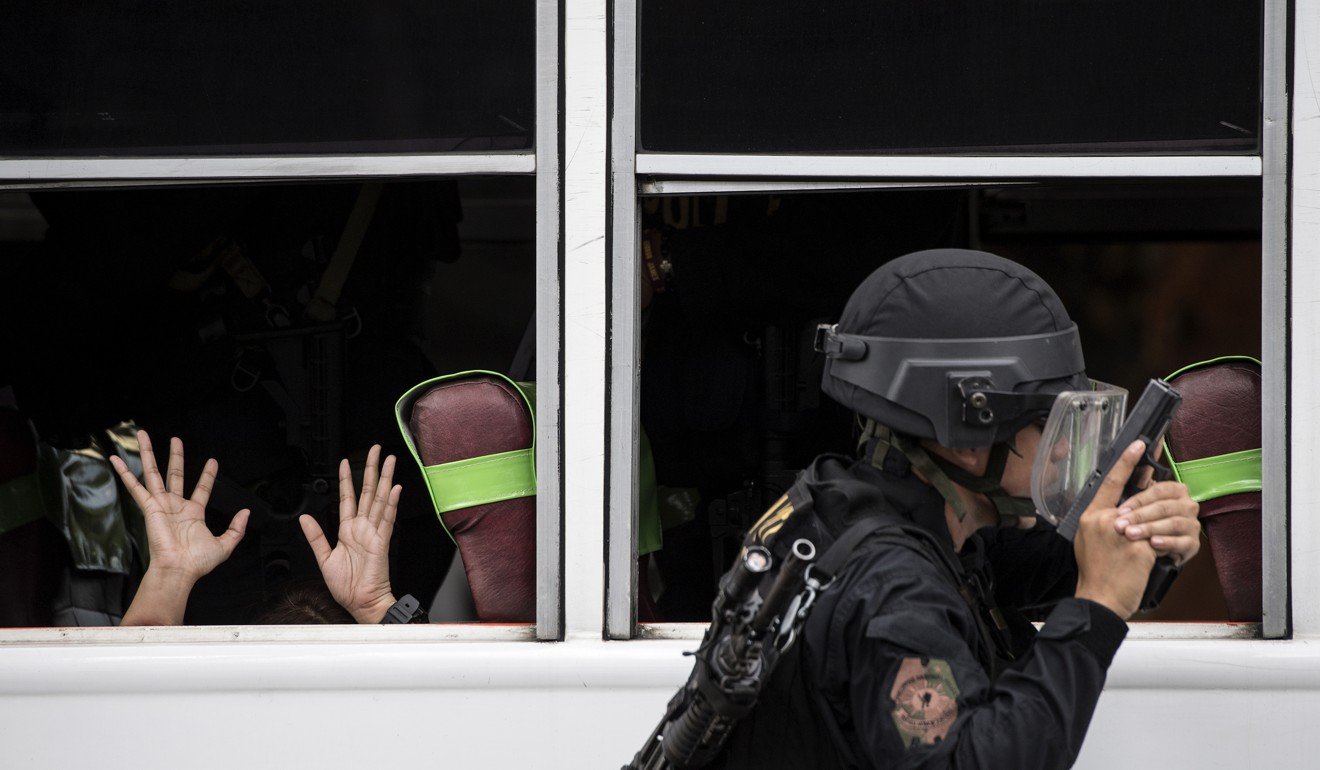
Comments
Post a Comment